Mexico's COLMENA Pushes the Limits of Space Robotics with Lunar Mission
Tiny Mexican robots, COLMENA, bravely hop on the first lunar mission, pushing tech and scientific boundaries. Trained by young minds, they'll study the harsh lunar environment and dust, paving the way for future moon settlements. Mexico's space race is on.

In a feat of Latin American ingenuity that's as audacious as it is adorable, Mexico has launched its first mission to the Moon. Forget hulking lunar landers and hulking astronauts; this cosmic caper stars a fleet of five micro-robots, each smaller than a tennis ball, on a mission to unravel the mysteries of the Moon's dusty coat.
COLMENA, aptly named after the Spanish word for “beehive,” is a swarm of five 12-centimeter, 60-gram robots buzzing with scientific curiosity. Built by a team of 250 young space bees at the National Autonomous University of Mexico (UNAM), these tiny trailblazers are equipped to withstand the harsh lunar environment and delve into the secrets of the regolith, the Moon's powdery surface.
“It's a technological moonshot,” says Gustavo Medina Tanco, the mission's mastermind and head of UNAM's Space Instrumentation Laboratory. Miniaturizing robots for space is like baking a cake in a toaster oven – it's never been done before, and the heat is on.
But COLMENA isn't just about baking space cakes (though that would be pretty cool). These pint-sized probes have two big goals: first, to test the limits of miniaturized tech in the unforgiving vacuum of space. Imagine sending a smartphone to the Moon – that's essentially what COLMENA is doing, pushing the boundaries of what's possible in the final frontier.
Second, COLMENA will be digging (figuratively, of course) into the regolith, a layer of dust that's been baking in the solar oven for billions of years. Understanding this lunar dust is crucial, not just for science buffs, but for future lunar settlements. Think of it as figuring out the best type of flour for your space pancakes.
The journey to the Moon is a marathon, not a sprint. COLMENA hitched a ride on Astrobotic's Peregrine spacecraft, powered by a Vulcan Centauro rocket, blasting off from Cape Canaveral like a metallic bumblebee. After a four-to-six-week cruise, the Peregrine will release COLMENA, and the real fun begins.
Back on Earth, at UNAM's control center, a team of scientists will be glued to their screens, monitoring the robots' every twitch and beep. They'll be the pit crew for these lunar micromachines, cheering them on as they navigate the treacherous lunar terrain and collect precious data.
But COLMENA is just the first step in Mexico's grand space odyssey. Medina Tanco has his sights set on even bigger (and smaller) things. By 2030, Mexico will have two more lunar missions, and maybe even an asteroid rendezvous. “We're not just sending robots to the Moon; we're planting the seeds for a future where Mexico is a major player in the new space race.”
So, the next time you gaze at the Moon, remember that it's not just a celestial body; it's a cosmic canvas where a team of tiny Mexican robots are painting a picture of scientific discovery, one moon dust particle at a time. And who knows, maybe someday, we'll all be enjoying space pancakes made with the finest lunar flour, thanks to the pioneering spirit of COLMENA and its buzzing band of space bees.
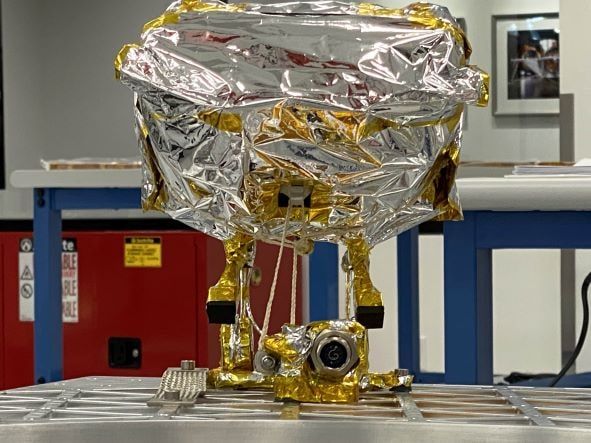
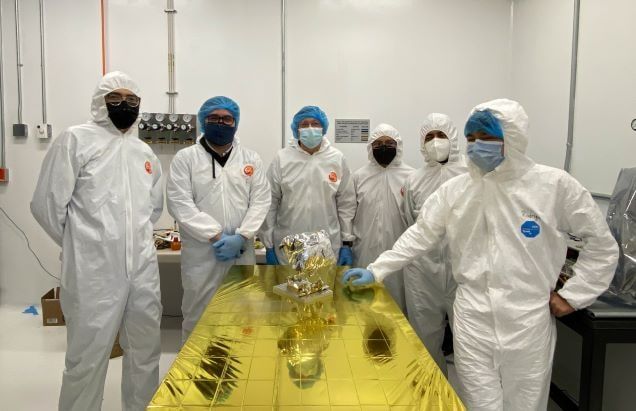
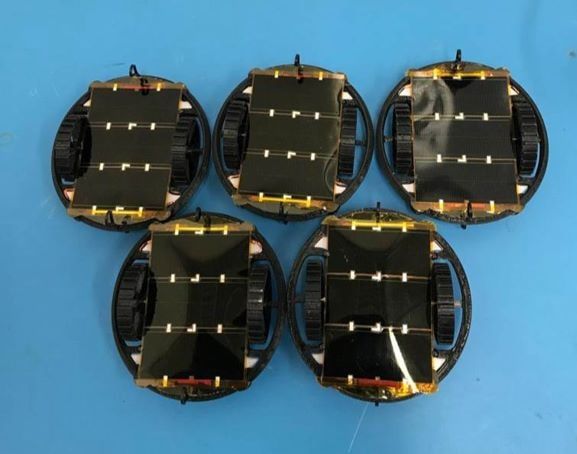
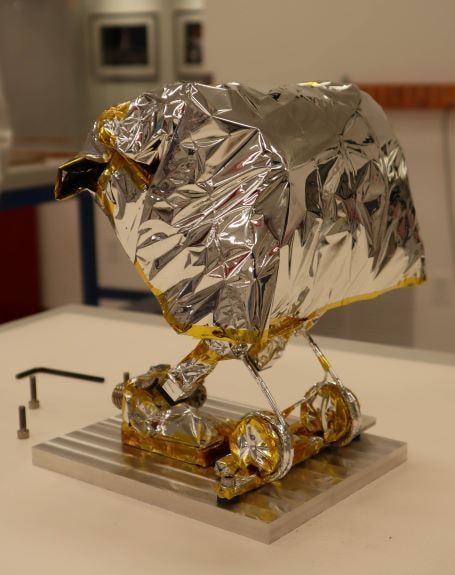
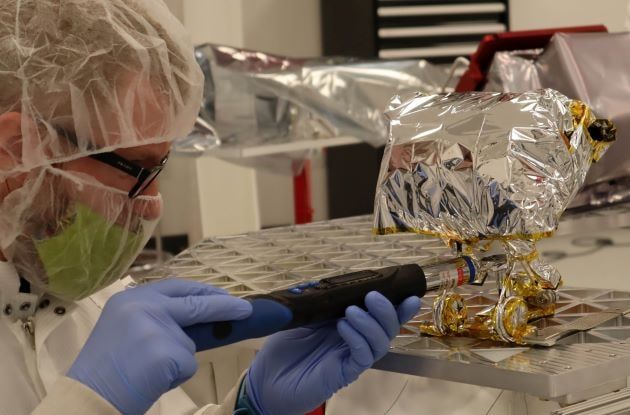
COLMENA of UNAM began its trip to the Moon.




